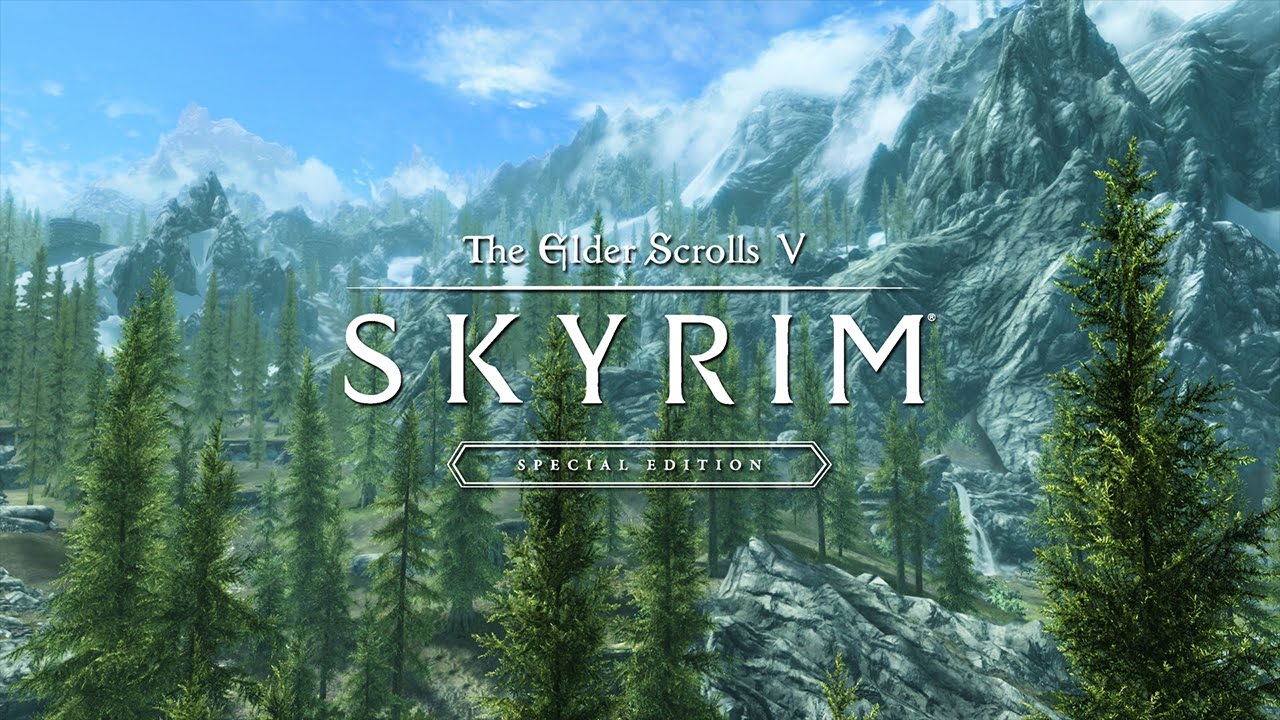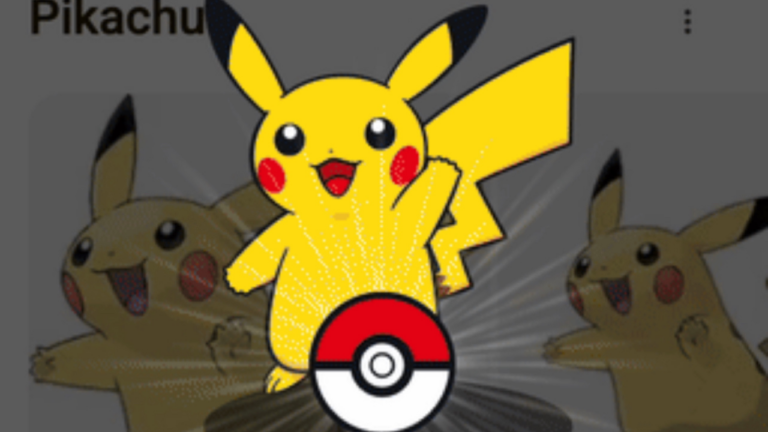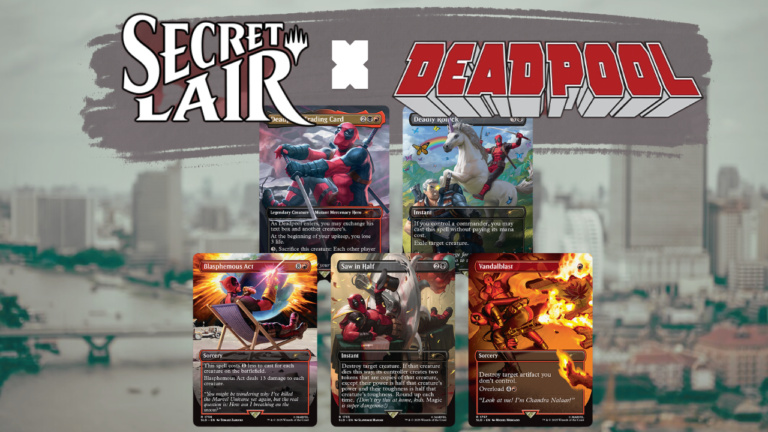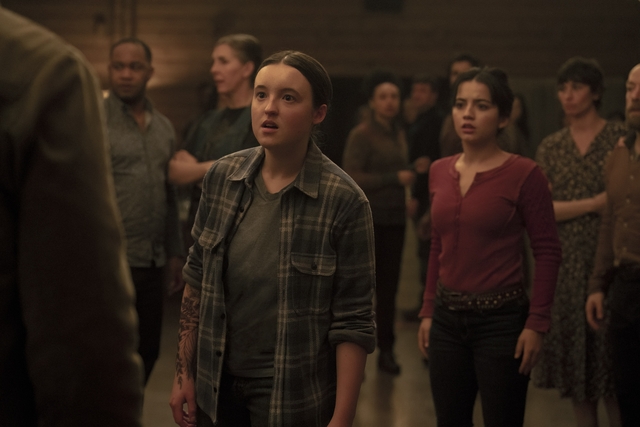Anyone who has followed video games over the past decade has probably at least heard of Skyrim. It’s a historical fantasy RPG published by Bethesda Games Studios in 2011 to fantastic success and critical acclaim. Beloved by casual and hardcore gamers alike, the mythos of Skyrim (and, by extension, the entire Elder Scrolls series) draws heavily from Norse sagas and mythology, both in content and in form. But what is it about Skyrim’s Scandinavian fantasy that makes it so popular? To understand the connection between the modern Western gamer and the popularity of the Scandinavian fantasy, we have to look back to a Norse saga known as Ragnar’s Death Song.
Context and History
As anyone who has seen the History Channel’s Vikings is well aware, Ragnar Loðbrók’s life was a constant adventure. In The Saga of Ragnar Loðbrók, Ragnar first made a name for himself by slaying a giant serpent with a spear so heavy few men could have lifted it. In some sort of twisted Cinderella-esque plot, Ragnar was granted his choice of bride when his half of the broken spear perfectly fit the half still stuck in the serpent’s body. The rest of the story continues similarly to many Norse sagas: Ragnar pillages and conquers, has several sons who also pillage and conquer, there’s some minor interpersonal drama, and then there is more pillaging and conquering.
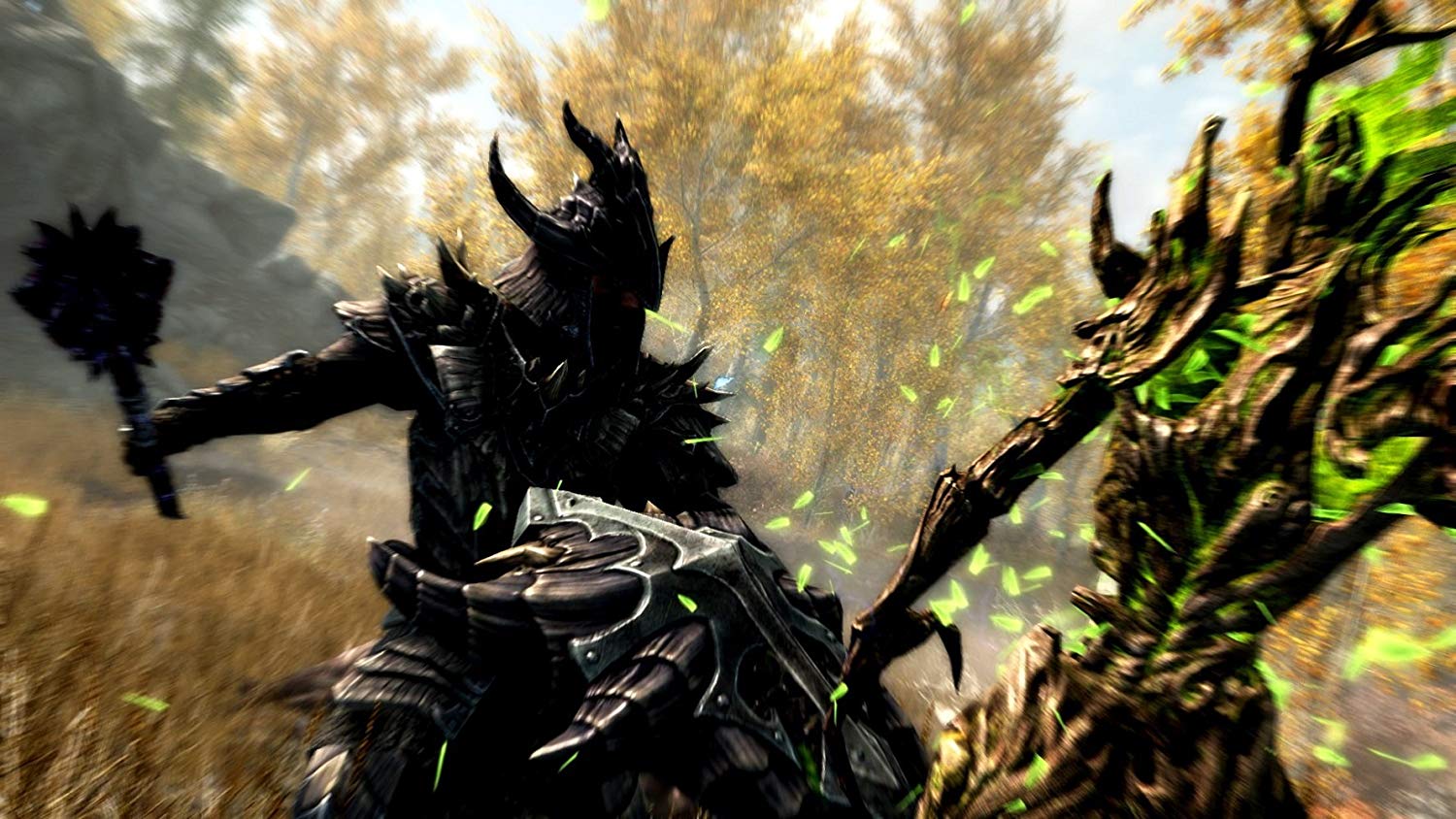
At the end of the saga, the audience is presented with the story of Ragnar’s death in the Krákumál, more commonly known as the Death Song. According to the saga, Ragnar is taken prisoner and killed by King Ethelred. Seeking revenge, Ragnar’s sons invade England, torture the king to death, and take England for their own. Unsurprisingly, they then proceed to spend the rest of their lives pillaging and conquering.
Vindicating the Past
Ragnar’s Death Song was originally translated into English during the mid-eighteenth century, a period in which the British Empire was entangled in a war for territory on the other side of the Atlantic Ocean. Britain was becoming a worldwide superpower through colonization, and Britain’s role in the community of nations was changing quickly. In an attempt to redefine their identity to reflect this change, the British were looking back and trying to find their own history, and they did so, at least in part, through appropriation of the Death Song.
Britain uses Ragnar’s story of conquest and kinghood to both justify and glorify itself. They needed a past that makes their colonizing behavior in the present not only morally acceptable, but heroically so. Ragnar’s epic life of fighting and conquering was a parallel to Britain’s contemporary colonization, and Britain needed this fantasy to justify their reality. According to Freud, a group demands “strength, or even violence” from its heroes, traits that are more than exemplified in Ragnar.
Developing the Present
Ragnar’s story is one that has been appropriated by the British nation to elevate itself by association. The nation adopted the fantasy as its own. Consequently, the fantasy became more than just a story; it became part of the mythos of Britain’s history. From there, the fantasy became the property of the entire British people. In her book States of Fantasy, Jacqueline Rose claims that “fantasy…ceases to be a private matter if it fuels, or at least plays a part in, the forging of a collective will.”
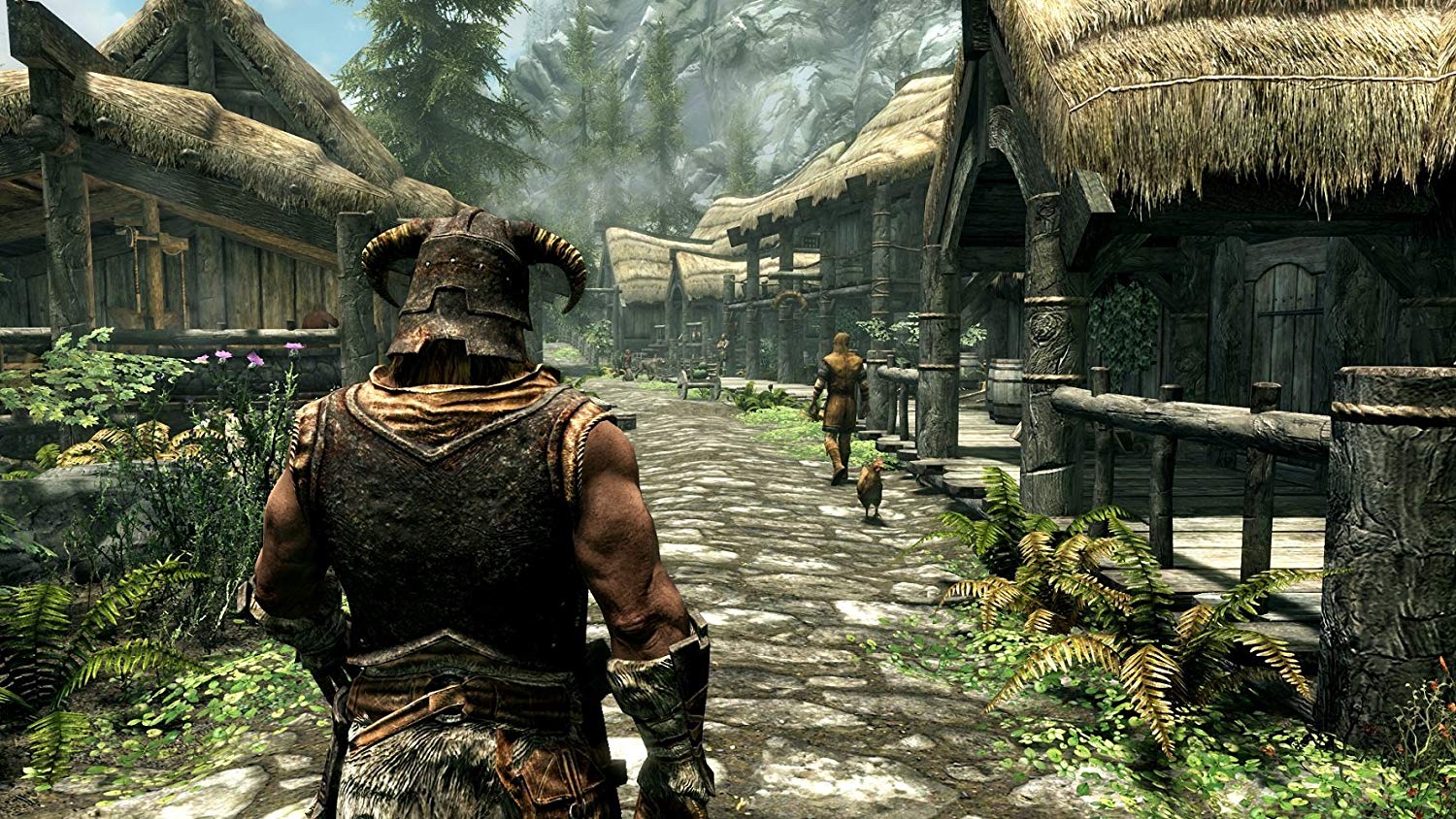
For Britain, the story of Ragnar has evolved into more than a mere saga; it has helped define the empire’s national identity. A group has certain desires, after all; in this case, the people of Britain wanted to occupy and subjugate areas across the world, primarily in North America. The nation’s collective unconscious developed to pursue the group’s mutual desires without heeding the opinions of those outside the group. Alone, this seems morally ambiguous, if not outright unethical. However, Ragnar’s saga established a precedent for this behavior, allowing the people of Britain to see themselves as “valiant” as he was. Thus, Britain engaged with Ragnar’s story in a way that justified taking what they want, when they want it, in a heroic fashion.
Creating the Future
Ragnar’s story isn’t only used to vindicate the present; Britain also used the medieval fantasy provided by Ragnar to define the present and make a future. Rose describes fantasy as an “attempt to arrest the present” that “always contains a historical reference in so far as it involves…a journey through the past.” Fantasy can allow a nation to justify immoral activities, but it can also allow a nation to pursue other, more honorable destinies. By bringing the external perception of modern statehood into the conscious mind, fantasy gives us the freedom to guide the future in a new direction.
In the mid-eighteenth century, North America was fraught with war. If America is Britain’s child, the people who would become the American nation were brought up in an environment that emphasized gaining and protecting one’s territory. Eventually, using the British Empire as a role model, America also became a world superpower. By the beginning of the twenty-first century, however, America’s influence was waning. Because America was, in essence, “raised” by Britain, it’s not surprising that we turn to the same fantasies upon which our mother nation relied. Just as Britain employed Ragnar’s Death Song when trying to redefine itself as an empire, America today can engage Scandinavian fantasy in trying to figure out if it still is an empire. The medieval fantasy reframes contemporary issues in order to allow one to process them.
Skyrim‘s Narrative
Similarly, the Empire in The Elder Scrolls V: Skyrim is striving to maintain its territory. The Battle for Whiterun, between the Empire’s soldiers and the rebel Stormcloaks, is one of the biggest battles of the game. While it is not the final battle, determining control over Whiterun is the turning point of the war, and this fight clearly establishes Skyrim as a divided nation; the government is fractured, and the Imperials are trying desperately to hold their empire together. The battle is savage and brutal; by the time it’s over, most of the city is aflame, multiple homes are irreparably destroyed, and the entire place is steeped in death.
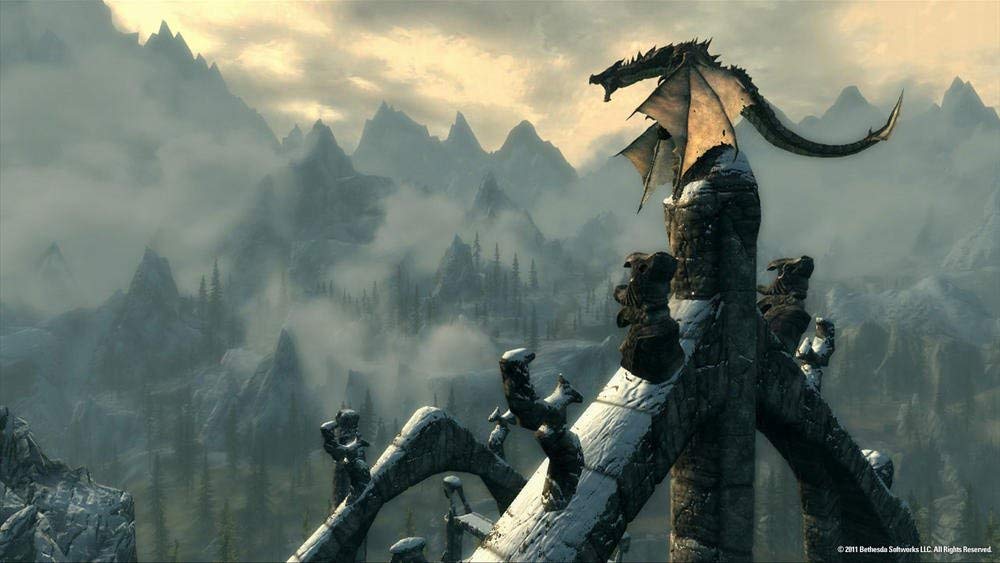
Cinematically, scenes from the fight echo the literary rhetoric found in the Death Song, connecting the two across both time and location. Death Song’s introduction, which was published in 1763, describes the vicious and barbaric scenes of war seen in both Ragnar’s story and The Battle for Whiterun as similar to the battles of the French and Indian War. The Battle for Whiterun is essentially a microcosm of what is occurring in North America during the time Ragnar’s saga was translated. The British Empire was embroiled in a war meant to maintain its hold on its colonies in North America; comparably, the Imperials endeavored to retain their territory in Skyrim.
Framing the Fantasy
The medieval fantasy is one often revisited; Freud proposed the idea of the primal phantasy, a fantasy space in which all humans throughout history are connected, which explains why certain elements of fantasies are immutable. Therefore, it’s not unreasonable to draw a parallel between Britain’s fantasy of Ragnar and Skyrim’s Empire. Primal phantasies, however, are no longer personal; instead, the fantasy belongs to the people of Britain as a whole.
In the words of twentieth-century medievalist Umberto Eco, we see Britain going back to the Middle Ages to establish a contemporary identity. Britain was using the Middle Ages to look at its infancy in order to better understand itself, as well as the world with which it interacted in the present. According to Eco, the very thing that defines a “good” Middle Ages is “a great peace that is breaking down,” and the collapse of “a great international power that has unified the world.” Within the world of Skyrim, the Empire is this power; in the real world, it was Britain.
The play space that is Skyrim allows us to frame a reality with an abundance of associated baggage within a safe fantasy. According to Winnicott, play allows one to be creative, “and it is only in being creative that the individual discovers the self”. Playing serves a purpose; self-discovery helps one define oneself as a person, and subsequently, as a member of a larger group of people.
Nations and Empires
For us today, the ideas of nation and empire are unconsciously sutured to the notion of Scandinavia. This is most noticeable during the Battle for Whiterun; even though we may not realize it, the concepts we have about sovereign states and what they embody are engaged in a condense, subtle manner throughout this quest. Our conceptions of what it means to be a nation influence the ideology we support, and subsequently, which side we choose to fight alongside. The world of Skyrim is one of nation and empire. Playing in this environment helps us realize what it means to be ourselves, both as individual people and as members of a nation.

This explains, then, why the quest (and the game as a whole) seems so much different when mods are applied. If one begins the Battle of Whiterun with velociraptors running wild, or with all of the NPCs replaced by characters from My Little Pony, those components break the immersion of the fantasy, and thus become the central focus. In consequence, the Scandinavian historical fantasy becomes a different, more light-hearted fantasy, with an emphasis on something other than the surrounding history and politics. The elements of sovereignty that were previously at the forefront are sidelined in favor of the more frivolous entertainment of watching cartoon ponies fight a dragon. Any type of significant alteration to the progression of the quest changes the frame of the fantasy, disrupting the connection between the fantasy and the concepts surround empire and nation.
Facilitating Growth
The important thing about the fantasy of Skyrim is that it allows play. Thus, the fantasy is a safe place in which one can learn about oneself and one’s ideologies. Fantasy is timeless, able to focus on the past by collapsing it with the present and the future; the fantasy of the past allows play in the present, which provides insights into possible alternative futures. Ultimately, playing is a form of exploration. It facilitates growth, not only as a person, but also as someone who exists in the larger world of nations and states. In other words, play within a fantasy enables one to understand oneself both internally and externally.
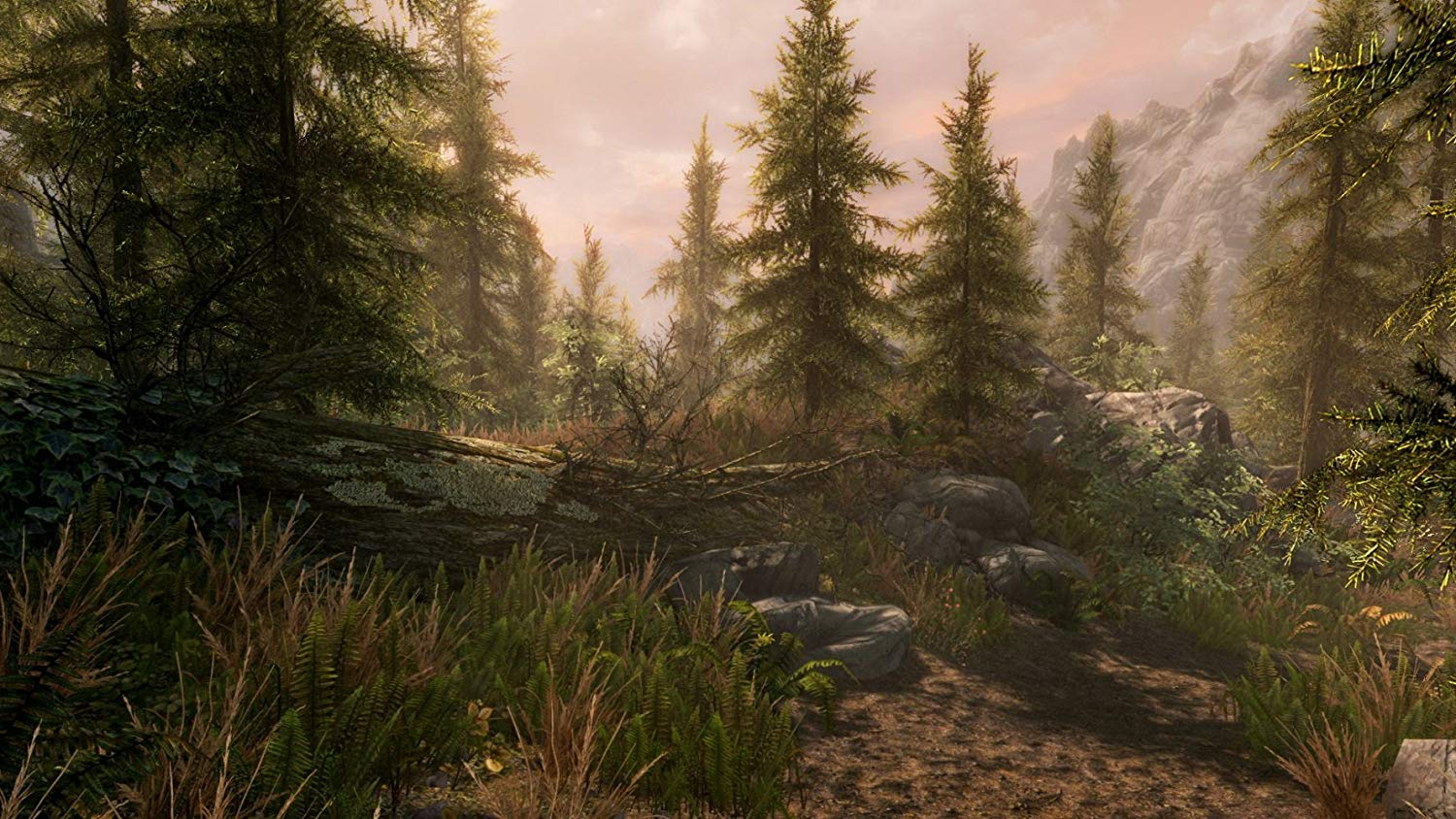
According to Ian Bogost, games such as Skyrim “represent processes in the material world…and creates new possibility spaces for exploring those topics”; it allows the player to explore and develop their own concepts of nation and empire. Without the fantasy of Ragnar to justify its behavior in the mid-eighteenth century, Britain might have developed a completely different political and cultural identity. Its destiny might have been far, far different, had it not embraced the conquering and self-aggrandizing behavior made possible by incorporating Ragnar’s Death Song into the nation’s own history. Similarly, when Skyrim was released in 2011, America was at a stage in which our political and cultural identities were changing and colliding. Scandinavian and other medieval fantasies such as Skyrim, tied as closely as they are to our ideas of nation and empire, allowed us to explore and define these shifting identities in a space free from negative consequences.
References
Bogost, Ian. “The Rhetoric of Video Games.” The Ecology of Games: Connecting Youth, Games, and Learning. Edited by Katie Salen. The John D. and Catherine T. MacArthur.
Foundation Series on Digital Media and Learning. Cambridge, MA: The MIT Press, 2008. 117–140.
Eco, Umberto. “The Return of the Middle Ages.” Travels in Hyperreality, Harcourt, 2002, pp. 59–86.
Freud, Sigmund. Group Psychology and the Analysis of the Ego. Trans. by James Strachey, New York: Boni and Liveright, 1922.
Rose, Jacqueline. States of Fantasy. Clarendon Press, 2004.
Schlauch, Margaret (1978). The saga of the Volsungs: the saga of Ragnar Lodbrok together with the Lay of Kraka. New York: Ams Press. ISBN 978-0404147044.
Winnicott, Donald W. Playing and Reality. Routledge, 2009.

